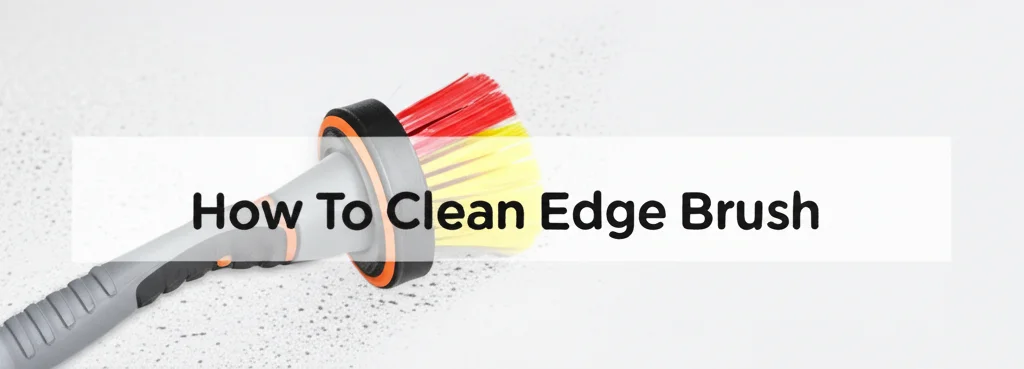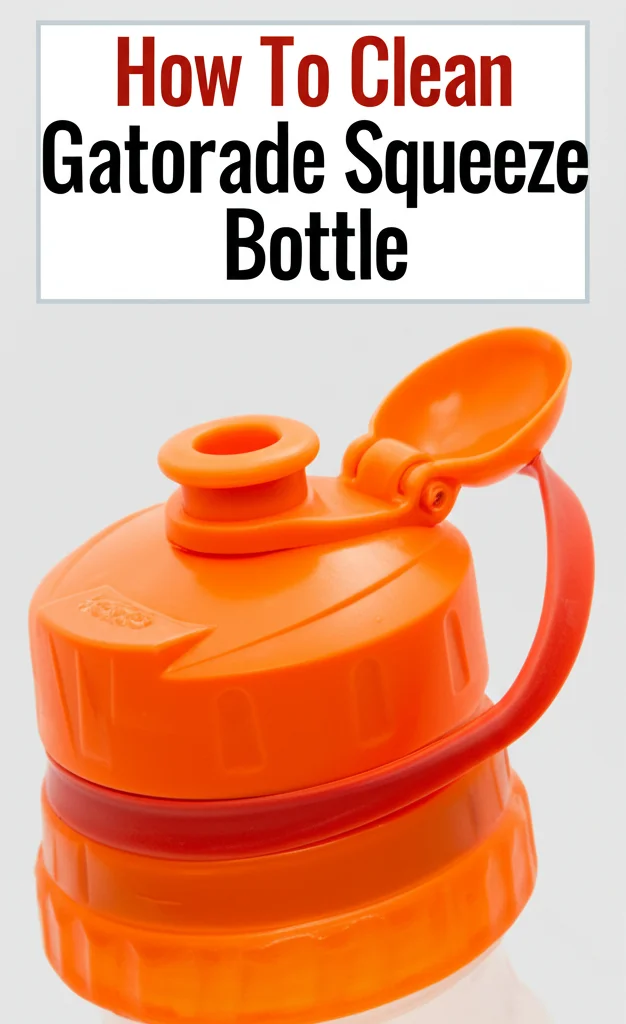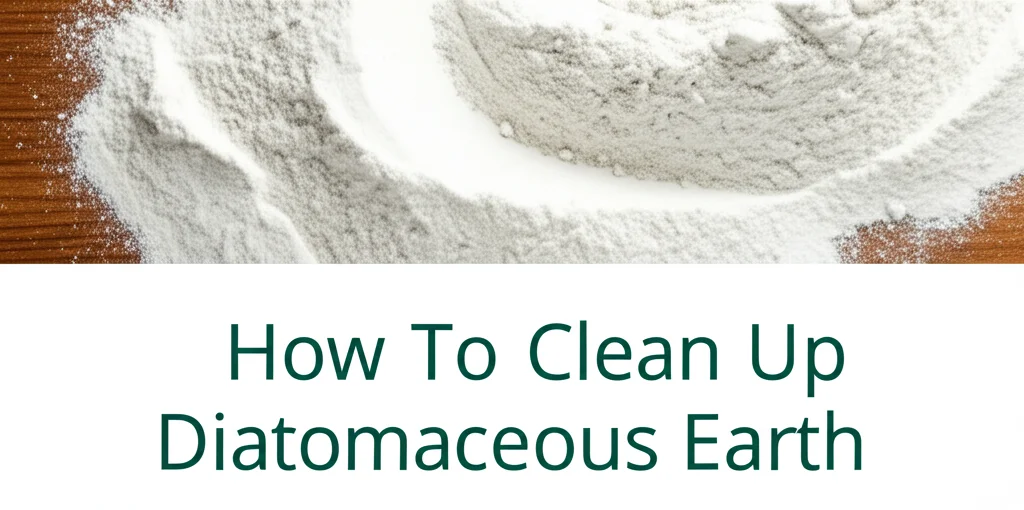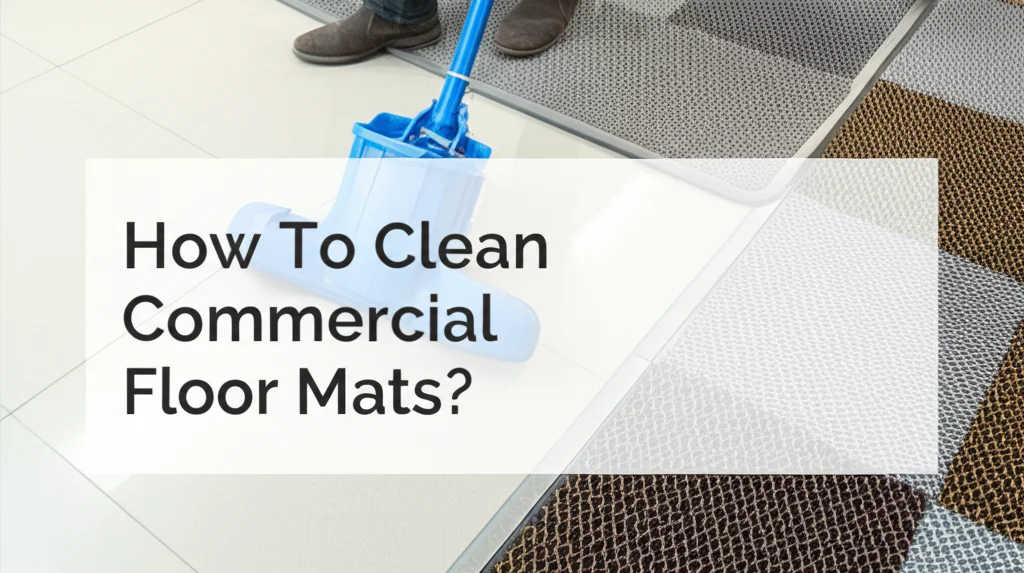· Cleaning Tips · 7 min read
How To Clean Edge Brush

Keeping Your Floors Clean Starts with a Clean Edge Brush
Have you ever wondered why your robot vacuum isn’t picking up all the debris along walls and in corners? The culprit is often a dirty edge brush! This small but mighty component is crucial for directing dirt and dust towards the main brushes and suction path. A clogged or tangled edge brush significantly reduces your robot’s cleaning efficiency. This article will guide you through everything you need to know about how to clean an edge brush, ensuring your robot vacuum continues to deliver spotless floors. We’ll cover everything from identifying the type of brush you have to step-by-step cleaning instructions and preventative maintenance.
Takeaway:
- Regularly inspect your edge brush for tangled hair and debris.
- Remove the brush carefully, following your robot vacuum’s instructions.
- Use tools like scissors or a cleaning pick to remove stubborn tangles.
- Clean the brush and its surrounding area to prevent future buildup.
What is an Edge Brush and Why is Cleaning it Important?
An edge brush, also known as a side brush, is a small rotating brush located on the side of your robot vacuum. Its primary function is to sweep dirt and debris from edges and corners into the path of the main brushes. Without a properly functioning edge brush, your robot will leave behind a noticeable line of dirt along walls and furniture. Cleaning the edge brush regularly is vital for maintaining optimal cleaning performance and extending the lifespan of your robot vacuum. A clean brush ensures efficient dirt collection and prevents motor strain.
Identifying Your Edge Brush Type
Before you start cleaning, it’s important to identify the type of edge brush your robot vacuum uses. There are generally two main types: bristle brushes and rubber brushes. Knowing which type you have will help you choose the right cleaning method.
Bristle Brushes
These brushes are made of nylon bristles and are common in many robot vacuum models. They are effective at sweeping debris but are more prone to tangling with hair and fibers. Bristle brushes often have a central shaft that needs to be cleaned as well.
Rubber Brushes
Rubber brushes are becoming increasingly popular due to their durability and resistance to tangling. They are particularly effective on hard floors and are less likely to damage delicate surfaces. While they don’t tangle as easily, they can still accumulate dust and debris.
Tools You’ll Need to Clean Your Edge Brush
Gathering the right tools will make the cleaning process much easier and more efficient. Here’s a list of what you’ll need:
- Small Scissors or a Seam Ripper: For cutting tangled hair and fibers.
- Cleaning Pick or Toothpick: For removing debris stuck in tight spaces.
- Soft Brush: A toothbrush or small cleaning brush for dusting off loose dirt.
- Microfiber Cloth: For wiping down the brush and surrounding area.
- Screwdriver (if needed): Some brushes require a screwdriver for removal.
- Vacuum Cleaner with Brush Attachment: For removing loose debris before detailed cleaning.
Step-by-Step Guide: Cleaning a Bristle Edge Brush
Bristle brushes require a bit more attention due to their tendency to tangle. Here’s a detailed guide to cleaning them effectively:
- Remove the Brush: Turn off your robot vacuum and carefully remove the edge brush. Refer to your robot’s manual for specific instructions, as removal methods vary.
- Remove Loose Debris: Use a vacuum cleaner with a brush attachment to remove any loose dirt and dust from the brush.
- Cut Tangled Hair and Fibers: Using small scissors or a seam ripper, carefully cut away any tangled hair, threads, or fibers wrapped around the bristles. Be careful not to damage the bristles themselves.
- Clean the Central Shaft: Use a cleaning pick or toothpick to remove any debris stuck around the central shaft of the brush.
- Wipe Down the Brush: Use a damp microfiber cloth to wipe down the bristles and remove any remaining dirt.
- Reinstall the Brush: Once the brush is clean and dry, reinstall it onto your robot vacuum.
Step-by-Step Guide: Cleaning a Rubber Edge Brush
Rubber brushes are generally easier to clean than bristle brushes. Here’s how to do it:
- Remove the Brush: Turn off your robot vacuum and remove the rubber edge brush, following your robot’s manual.
- Remove Loose Debris: Use a vacuum cleaner with a brush attachment to remove loose dirt and dust.
- Wipe Down the Brush: Use a damp microfiber cloth to wipe down the rubber bristles, removing any accumulated dirt and grime. You can use a mild cleaning solution if necessary.
- Inspect for Damage: Check the rubber bristles for any signs of wear and tear. Replace the brush if it’s cracked or damaged.
- Reinstall the Brush: Once the brush is clean and dry, reinstall it onto your robot vacuum.
Cleaning the Brush Housing and Surrounding Area
Don’t forget to clean the area where the edge brush sits on your robot vacuum! Dust and debris can accumulate in the housing, hindering the brush’s performance.
- Vacuum the Housing: Use a vacuum cleaner with a brush attachment to remove any loose dirt and dust from the brush housing.
- Wipe Down the Housing: Use a damp microfiber cloth to wipe down the interior of the housing, removing any remaining grime.
- Check for Obstructions: Ensure there are no obstructions preventing the brush from rotating freely.
Preventing Edge Brush Tangling and Buildup
Regular cleaning is essential, but you can also take steps to prevent excessive tangling and buildup.
- Regularly Declutter: Keep your floors free of small objects, cords, and loose rugs that can easily get tangled in the brush.
- Pre-Vacuum: Before running your robot vacuum, do a quick pre-vacuum with a traditional vacuum to remove large debris. This reduces the amount of material the edge brush needs to handle.
- Inspect Frequently: Check your edge brush at least once a week for tangles and buildup. Addressing small issues early on prevents them from becoming major problems.
- Consider Brush Guards: Some robot vacuum models offer brush guards that help prevent tangling.
Frequently Asked Questions (FAQs)
Q: How often should I clean my edge brush?
A: It depends on how often you use your robot vacuum and the type of flooring you have. Generally, cleaning it once a week is a good starting point. If you have pets or a lot of carpet, you may need to clean it more frequently.
Q: Can I use water to clean my edge brush?
A: Yes, you can use a damp microfiber cloth with water to clean both bristle and rubber brushes. Avoid soaking the brush in water, as this can damage the motor or other components.
Q: What if my edge brush is damaged?
A: If your edge brush is cracked, broken, or severely worn, it’s best to replace it. You can usually find replacement brushes online or at appliance stores.
Q: My robot vacuum still isn’t cleaning edges effectively after cleaning the brush. What could be the problem?
A: Check the brush motor to ensure it’s functioning correctly. Also, inspect the sensors that guide the robot along edges to make sure they are clean and unobstructed. You can find more information in your robot vacuum’s manual.
Maintaining a Clean Edge Brush for a Cleaner Home
Cleaning your robot vacuum’s edge brush is a simple yet crucial task for maintaining optimal cleaning performance. By following the steps outlined in this guide and incorporating preventative measures, you can ensure your robot vacuum continues to deliver spotless floors. Remember, a little maintenance goes a long way in extending the life of your appliance and keeping your home clean. Don’t underestimate the power of a clean edge brush – it’s the key to reaching those hard-to-reach areas and achieving a truly thorough clean!




